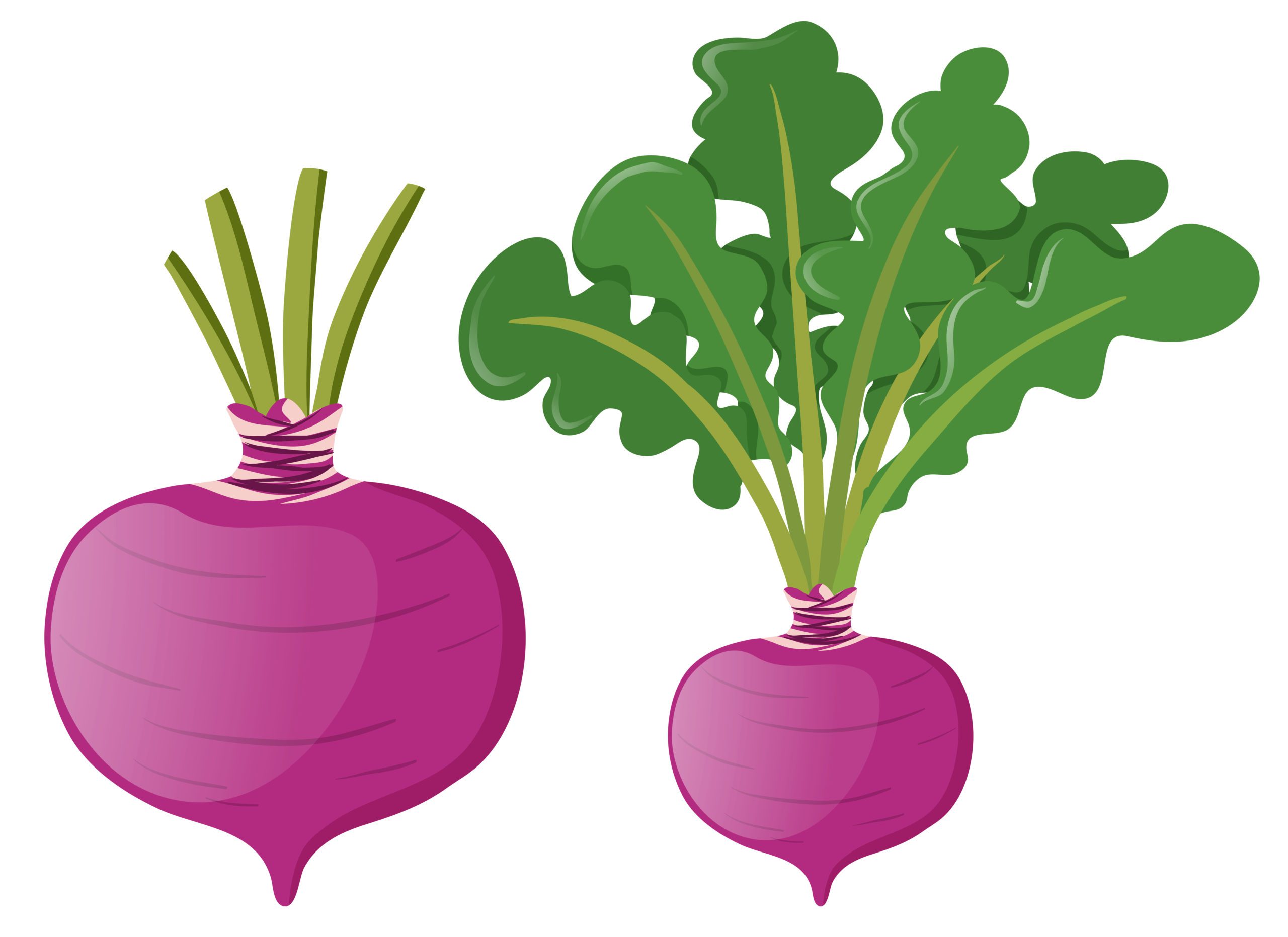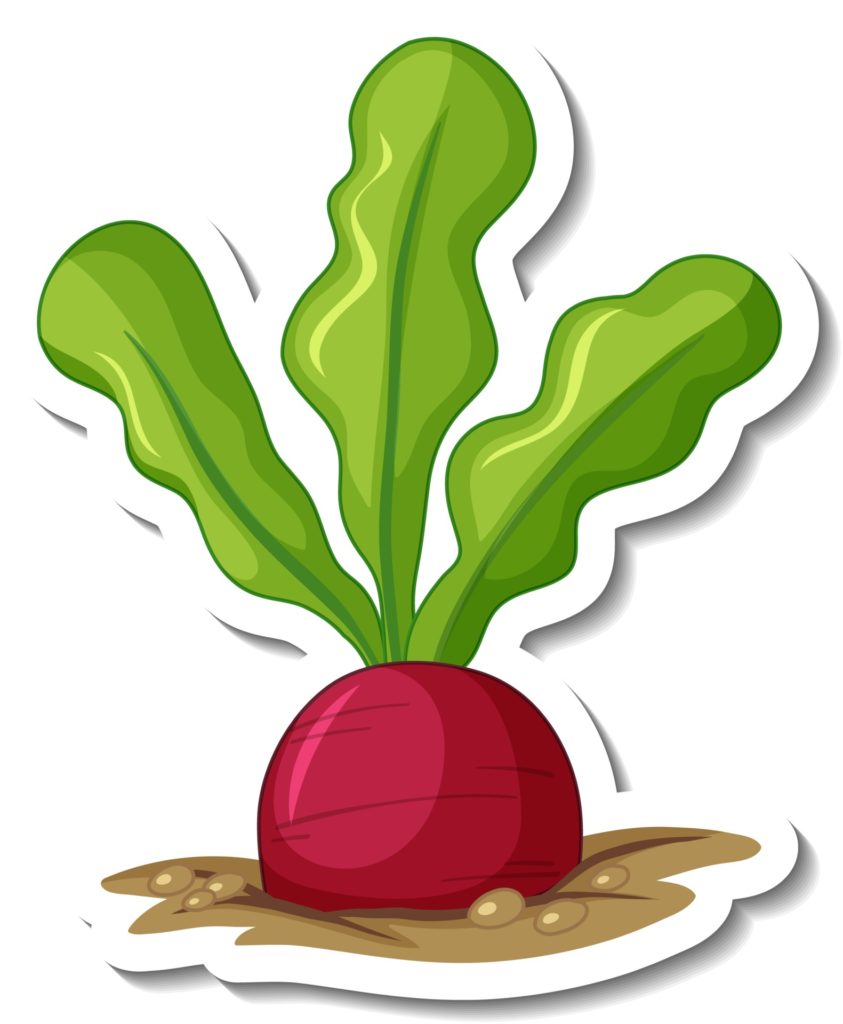Generation Black TV - Live
Why we Shouldn’t Beet Around the Bush
The Beauty of Beets
Beets can be enjoyed on their own in a multitude of ways – raw, roasted, boiled, pickled – you name it, the beet can take it. It is a great bulker and star for salads too (recipe here) and has such a rich history on its use and topicality from the times of Babylon, the Elizabethan era and even said to be disfavoured by the Obamas.
Did you know that beets originally resembled a parsnip that evolved from a prehistoric North African root? Since then, the beets that we know today were originally cultivated in Europe as early as 1542 and so highly regarded in Ancient Rome and Greece that they developed methods to produce them throughout the year.
They come in an array of varieties from red, yellow, white and Chioggia, which add a feast to all the senses but most importantly to the gut bacteria too.
100g of beetroots contains around 3g of fibre which counts towards your 30g daily recommended intake that we should aim to have a week to support gut health. Fibre helps promote good digestion, bulks up stools and improves bowel movements and gastric emptying.
Rich in phosphorous, beetroot could contribute towards a healthy gut bacterial environment as phosphorus is an essential element of bacterial survival and reproduction and aid the absorption of riboflavin and niacin, two essential micronutrients for good gut function.
Betalain, an antioxidant found in beetroots, gives the vegetable its characteristic red hue. For this reason, it was used as makeup in the 19th Century with more recent uses in the fight against cancer, inflammation and to help improve digestion by supporting stomach acid levels, which could help to reduce bloating and control yeast and bacterial growth.
 Want a quick way to use beets?
Want a quick way to use beets?
You shouldn’t always relegate beets as a side dish. Try them in the Dish Dash Deets® Purple Punch as a juice or smoothie to truly appreciate their goodness. Juice 250g raw beetroot (including the leaves) with 150g blueberries, 250g purple grapes with a thumb of ginger, and stir in ¼ tsp of cinnamon powder. If you want it as a smoothie, use cooked beetroot and add 3 tbsp plant-based yoghurt or 50ml oat milk. It’s a fantastic source of nitrates, antioxidants and polyphenols that will give you the perfect boost.
Every part of the beet is edible. So, try adding the leaves to salads or cooking them with your greens as you would Swiss Chard. It will truly change your plate and minimise overall waste.

 Want a quick way to use beets?
Want a quick way to use beets? 
